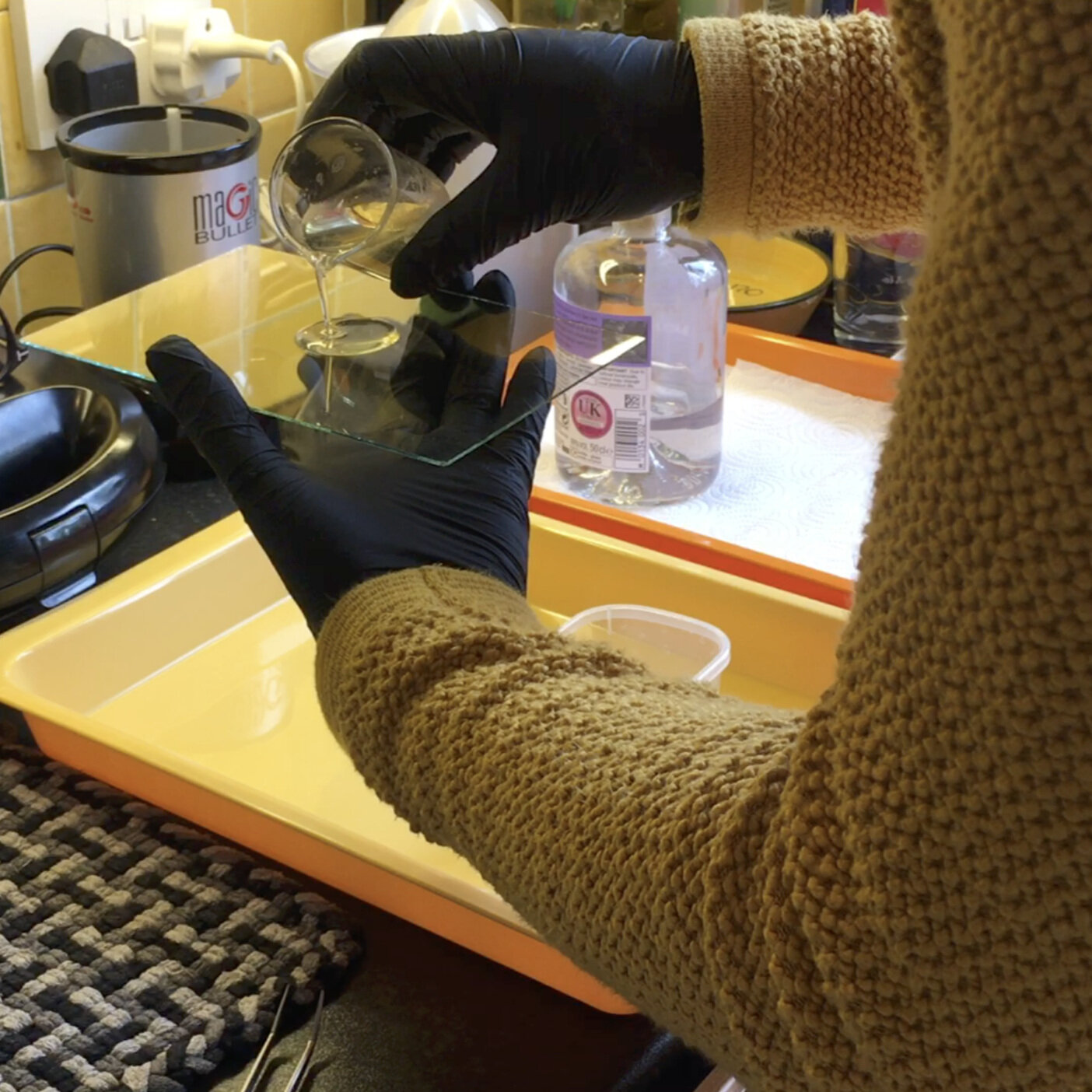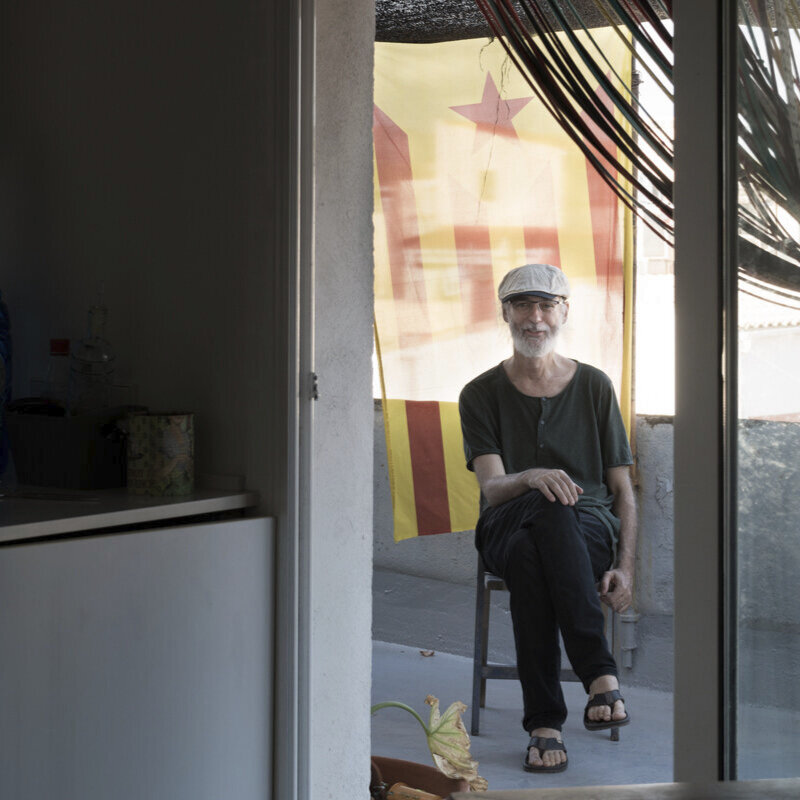Last week, I took part in an artists' residency held by Cel Del Nord, a space in Catalonia designed to offer artists a distraction-free, and inspiration-rich environment to do extraordinary creative work. During the six days that the residency lasted, I was part of a group of artists from all over the planet which included really inspiring people from whom I learned so much. The residency was held online for obvious reasons, and during the week we got to know one another, share our experiences and grow our projects together, separately.
I applied to this residency to work on my project on memory impairment, which I've been developing on Patreon since the pandemic started. I wanted to work with sustainable photographic processes that could help me tell the story that I'm trying to tell with my photography work. Also, my aim was to create the first few artworks of the project and get feedback from the rest of the group.
Over the whole residency, I learned how to print cyanotypes on glass using three different emulsion recipes and played around with various exposure times under a UV lamp. For me, it was a time to slow down and to go back more than a century and a half to the very origins of photography.
Cyanotype is a photographic printing process invented in England by Sir John Herschel that uses a solution sensitive to UV light to produce a blue-coloured print. In fact, the word blueprint to refer to architectural drawings comes from the fact that these were printed using this technique. It is also the technique in which the first photobook in history was ever printed by photographer Anna Atkins.
This technique is environmentally friendly so it only made sense to print the images on repurposed glass. For that reason, I searched in my neighbourhood for people who were giving away glass objects that they didn't want to keep anymore instead of buying new glass for the project.
The feedback and support from the residency and the rest of the artists in the cohort were priceless and I would recommend to any artist that they take part in an artists' residency at least once in their careers.
I was very lucky to share the residency with this very talented group of people:
Passepartout: Passepartout Duo is a music group comprised of pianist Nicoletta Favari and percussionist Christopher Salvito. Making music that escapes categorization, the duo’s ongoing travel around the world informs the multi-disciplinary collaborations, instrumental compositions, and evocative music videos that constitute their body of work.
Twinkle Banerjee: Twinkle Banerjee is a photographer with her practice swinging between old-world nostalgia and modern-day conceptual stories. Originally from India, she migrated to Canada in 2010 and has called it her home ever since.
Fleming Jeffries: Fleming Jeffries' works on paper rely on drawing as a means to slow down the mind’s eye and opens bridges to the subconscious.
Kali McMillan: Kali McMillan is a photographer, curator, art historian, and urban sociologist. Her artwork centres around the experiences of humans and the spaces they inhabit.
HELP ME PRODUCE MORE LIKE THIS
Patreon is a platform that enables me to offer you the content that you enjoy. Consider becoming a patron by clicking here. For less than the price of a cup of coffee a month you can support this blog and learn how I create my work. Also, 6% of my patrons' support goes to a different charity each month!
Visit patreon.com/jccandanedo




















